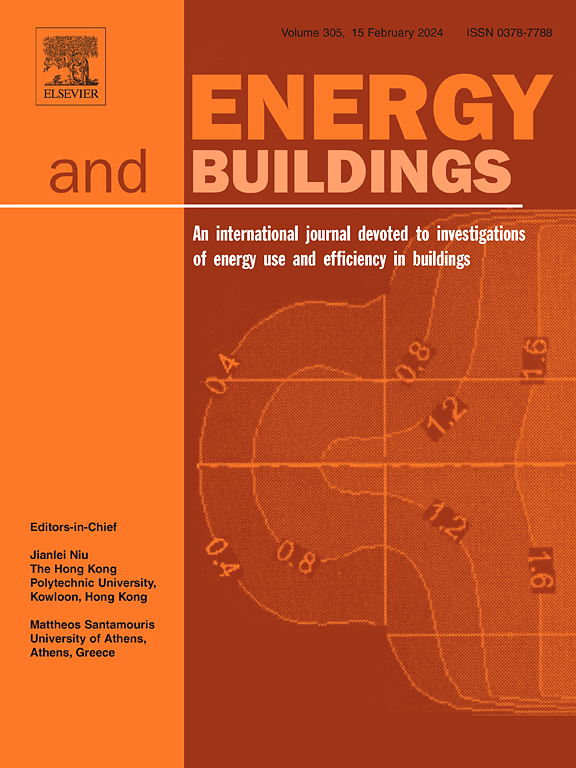Regional performance analysis of residential microgrids: A multi-factor assessment of cost, resilience, and environmental impact
IF 6.6
2区 工程技术
Q1 CONSTRUCTION & BUILDING TECHNOLOGY
引用次数: 0
Abstract
Microgrids offer a promising way to enhance resilience, sustainability, and decentralization in energy systems. However, their adoption is often limited by the challenge of tailoring solutions to specific locations while keeping deployment scalable and cost-effective. Designing each microgrid to suit local conditions—including local climate patterns, household energy demands, grid reliability, and utility rate structures—often necessitates custom engineering, which inflates costs and delays implementation. This study addresses this challenge by proposing a framework to identify scalable, standardized design archetypes for residential microgrids that integrate photovoltaic (PV) systems and battery energy storage systems (BESS). Through an extensive factorial analysis of 7,200 system configurations across Texas, California, and New York, we demonstrate that PV capacity is the predominant factor driving system performance, accounting for nearly all observed variations. Battery storage, while regionally dependent, exhibits its strongest influence in Texas and a comparatively weaker role in New York. Our findings reveal consistent performance inflection points, with PV capacities covering 40–50% of household consumption driving energy independence, while those exceeding 60% maximize environmental benefits through avoided emissions. Notably, these results highlight a convergence between economic and environmental goals, enabling streamlined design strategies centered on PV systems with regionally optimized battery storage. By offering standardized yet adaptable archetypes which leverage these insights, this framework simplifies microgrid design, reducing costs and complexity while preserving the flexibility needed to address local conditions.

求助全文
约1分钟内获得全文
求助全文
来源期刊

Energy and Buildings
工程技术-工程:土木
CiteScore
12.70
自引率
11.90%
发文量
863
审稿时长
38 days
期刊介绍:
An international journal devoted to investigations of energy use and efficiency in buildings
Energy and Buildings is an international journal publishing articles with explicit links to energy use in buildings. The aim is to present new research results, and new proven practice aimed at reducing the energy needs of a building and improving indoor environment quality.
 求助内容:
求助内容: 应助结果提醒方式:
应助结果提醒方式:


